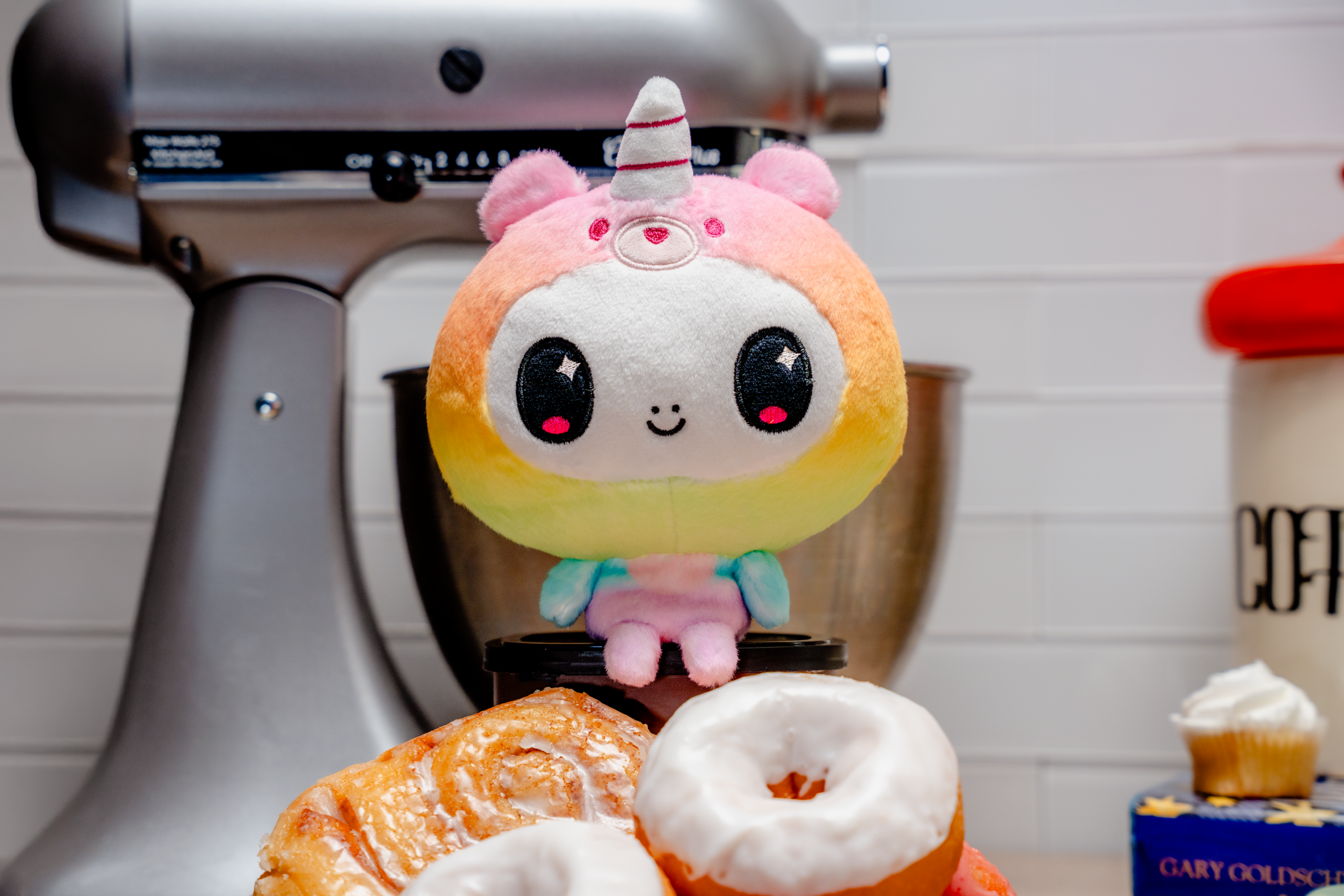Families are always looking for new ways to connect, and angel cards are a compelling option to consider if you are aiming to strengthen bonds and create special moments together.
While they share some similarities with tarot cards, the experience of using them is quite different and more suitable for parents and kids. If you’re eager to learn more about them and what they do, stick around!
What Sets Them Apart from Tarot?
We’ve mentioned that angel cards and tarot cards are closely related, but their purposes differ. The most obvious distinction is that angel cards focus on offering uplifting messages and guidance. They aim to inspire positivity, rather than predict future events.
Tarot cards involve a structured deck with suits, archetypes, and interpretations often tied to divination or complex symbolism. In contrast, angel decks are more flexible in design. Their emphasis lies on clarity and encouragement.
For families seeking tools for reflection or connection without the mystique of traditional tarot readings, angel cards offer a more approachable alternative. They create a space where everyone can share thoughts openly without worrying about deciphering cryptic meanings.
Encouraging Mindful Communication
Angel cards provide gentle prompts for meaningful discussions. A single card can spark conversations about emotions, goals, or personal experiences. This encourages active listening and deeper understanding between family members.
For instance, pulling a card with themes like “patience” or “forgiveness” offers an opportunity to reflect together on how these values apply in daily life. It’s similar to using conversation starters, but with added intention and focus.
Taking turns sharing interpretations or stories inspired by the cards lets families generate mutual respect. These moments of mindfulness strengthen emotional connections while creating a calm and open space for dialogue at home. Combined with other kid-friendly mindfulness activities, they are a positive step.
Using Angel Cards in Bedtime Routines
Incorporating angel cards into bedtime creates a peaceful transition from the day. Families can gather, select one card together, and discuss its message briefly.
For example, a card about “gratitude” could prompt everyone to share something they’re thankful for before sleep. It’s a way of ending the day on a positive note.
Younger children enjoy choosing colorful cards while older kids or parents can explore deeper meanings. These rituals help calm the mind and set intentions for restful sleep. Since kids need anywhere from 10 to 17 hours of sleep nightly, going the extra mile to deliver this is worth it.
Building Emotional Bonds
Angel cards inspire supportive interactions within families. Each card offers themes like “love,” “courage,” or “kindness” that promote uplifting discussions. Sharing these messages together helps create a foundation of trust and understanding.
For instance, when a card encourages self-acceptance, it can open dialogue about personal challenges or achievements. Parents and children alike feel seen and supported in those moments.
It’s similar to using affirmations to build confidence, but with an added shared meaning. Reflecting on these messages collectively lets families establish empathy while deepening emotional connections through simple yet powerful conversations rooted in positivity.
The Bottom Line
As you can see, angel cards offer families a simple way to connect, reflect, and support one another. Their positive messages create opportunities for open communication and meaningful rituals. Incorporating these cards into daily life lets families strengthen bonds, reduce stress, and build an environment of understanding that grows deeper with each interaction.


Leave A Comment